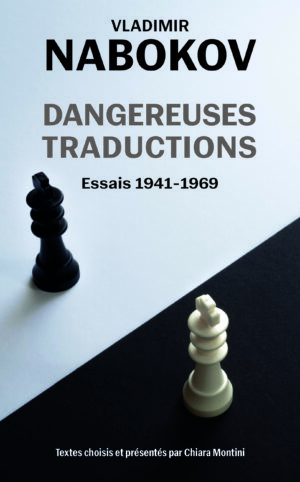Marion Blondel : « La fonction poétique dans les langues des signes »
Work on poetic function in sign languages was underway in the 70’s. The goal of this article is to present the various points addressed on this subject since these early studies and to propose a new perspective which focuses on the study of a corpus of nursery rhymes in LSF. The hypothesis which emerges from this study puts rhythm at the heart of poetic structure, suggesting that it is a common property of poetry in different modalities.
Marion Blondel et Laurice Tuller : « La recherche sur la LSF : un compte rendu critique »
This article traces the course of research on LSF starting from the end of the 18th century and arriving at an account of current research on this language. Which areas are covered, neglected ? What are the results and the prospects ?
Christian Cuxac : « Compositionnalité sublexicale morphémique-iconique en Langue des Signes Française »
A great majority of the lexicon of FSL shows iconic characteristics. I make the assumption that the formal evolution of the lexical items is bounded by constraints such as “maintaining iconicity” and “iconic compatibility”. So, a complete assimilation between LSF sublexical units and phonemes is not theoretically convenient. In this language, the lexical composition is due to a strong internal morphemic structure that leads to a morphophonetic analyse where iconicity plays a structuring part.
Dawn MacLaughlin, Carol Neidle, Benjamin Bahan, and Robert G. Lee : « Morphological Inflections and Syntactic Representations of Person and Number in ASL »
This article examines the expression of number features in relation to (but as distinct from) person features in ASL. We consider parallelisms in the spatial instantiation of agreement features in the nominal and verbal domains, which may be seen as natural consequences of the existence, in both domains, of functional projections of person, number, and aspect.
Christopher Miller : « Regards sur la phonologie des langues signées »
Differences in the form of the signal in signed and spoken languages might lead one to believe that sign languages do not possess a phonological level analogous to that of spoken languages. There nonetheless exists a large body of evidence for phonological phenomena in signed languages. This paper demonstrates the role played by metrical phonology in determining the form of certain signs in a phrasal context.
Jill P. Morford : « Delayed phonological development in ASL : two case studies of deaf isolates »
The study of signed languages has enriched our general understanding of how language is acquired by humans. This article summarizes research on the acquisition of signed languages and reports the results of a three years longitudinal study of two deaf individuals who first learned American Sign Language (ASL) in adolescence. The study focuses on the mastery of the phonological parameter of handshape. Both individuals demonstrate relatively high levels phonological production accuracy within their first year of exposure to ASL. These results are discussed with respect to the issues of modality differences in language acquisition and why delayed language acquisition has long-term detrimental outcomes on language processing in adults.
Laurice Tuller : « Aspects de la morphosyntaxe du français des sourds »
Acquisition of an oral language, in written or oral form, in the context of prelingual deafness generally has significant morphosyntactic consequences, even for very competent speakers. Following an over-view of work on the morphosyntactic properties of the French acquired by deaf persons, a study of missing pronoun objects is presented which raises issues about the structure of the target language and the particular circumstances in which oral language is acquired by the deaf.




